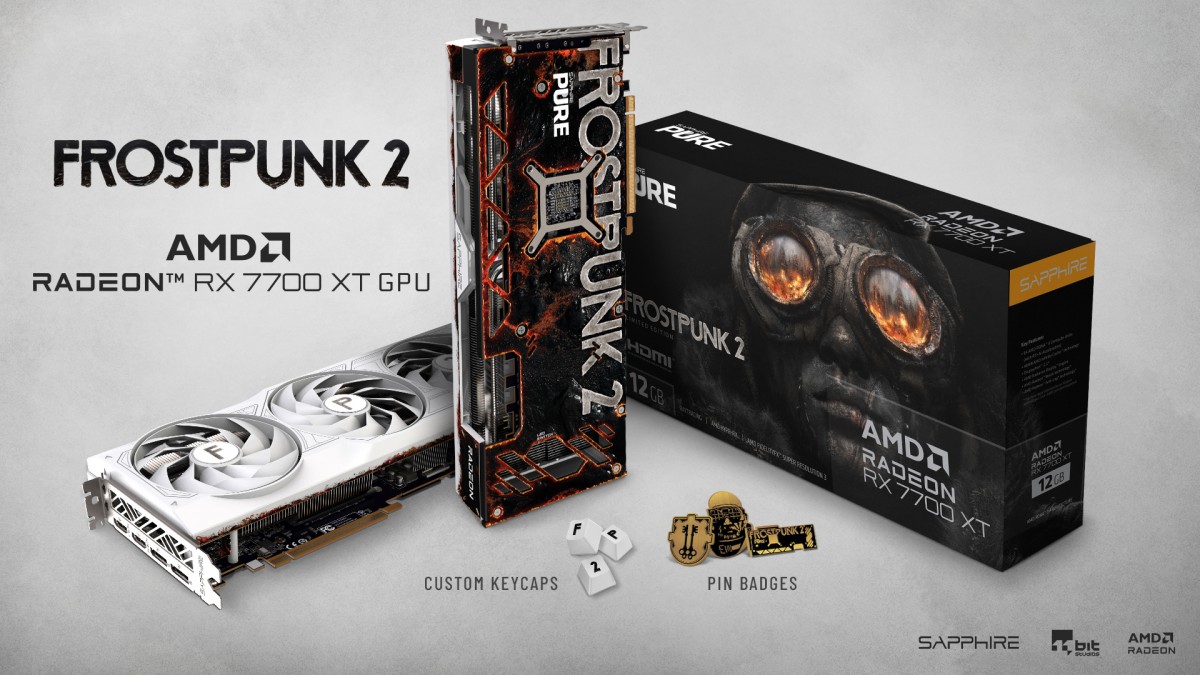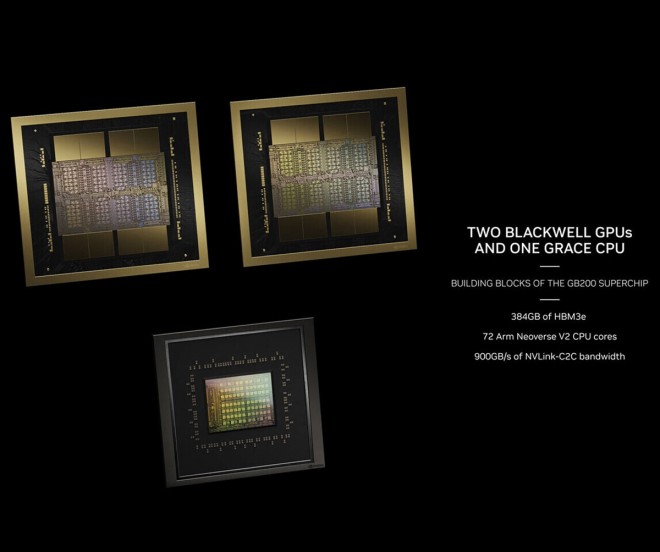TSMC to Expand Specialty Capacity by 50%, Introduce 4nm N4e Low-Power Node
With all the new fabs being built in Germany and Japan, as well as the expansion of production capacity in China, TSMC is planning to extend its production capacity for specialty technologies by 50% by 2027. As disclosed by the company during its European Technology Symposium this week, TSMC expects to need to not only convert existing capacity to meet demands for specialty processes, but even build new (greenfield) fab space just for this purpose. One of the big drivers for this demand, in turn, will be TSMC's next specialty node: N4e, a 4nm-class ultra-low-power production node.
"In the past, we always did the review phase [for upcoming fabs], but for the first time in a long time at TSMC, we started building greenfield fab that will address the future specialty technology requirements," said Dr. Kevin Zhang, Senior Vice President, Business Development and Overseas Operations Office, at the event. "In the next four to five years, we actually going to grow our specialty capacity by up to 1.5x. In doing so we actually expanding the footprint of our manufacturing network to improve the resiliency of the overall fab supply chain."
On top of its well-known major logic nodes like N5 and N3E, TSMC also offers a suite of specialty nodes for applications such as power semiconductors, mixed analog I/O, and ultra-low-power applications (e.g. IoT). These are typically based on the company's trailing manufacturing processes, but regardless of the underlying technology, the capacity demand for these nodes is growing right alongside the demand for TSMC's major logic nodes. All of which has required TSMC to reevaluate how they go about planning for capacity on their specialty nodes.
TSMC's expansion strategy in the recent years has pursued several goals. One of them has been to build new fabs outside of Taiwan; another has been to generally expand production capacity to meet future demand for all types of process technologies – which is why the company is building up capacity for specialty nodes.
At present, TSMC's most advanced specialty node is N6e, an N7/N6 variant that supports operating voltages between 0.4V and 0.9V. With N4e, TSMC is looking at voltages below 0.4V. Though for now, TSMC is not disclosing much in the way of technical details for the planned node; given the company's history here, we expect they'll have more to talk about next year once the new process is ready.
 L'Epic Games Store fête le lancement de ses "Méga soldes" en offrant un jeu qui mérite le coup d'œil pour les amateurs de RPG qui ne s'y seraient pas encore essayés : Dragon Age: Inquisition GOTY Edition. En bonne édition "Game Of The Year" qui se respecte, vous aurez droit à de nombreux contenus ad...
L'Epic Games Store fête le lancement de ses "Méga soldes" en offrant un jeu qui mérite le coup d'œil pour les amateurs de RPG qui ne s'y seraient pas encore essayés : Dragon Age: Inquisition GOTY Edition. En bonne édition "Game Of The Year" qui se respecte, vous aurez droit à de nombreux contenus ad...





 Omniprésent sur l’écosystème gaming PC avec sa plateforme Steam, ses jeux à succès comme Counter-Strike 2 ou Dota 2 – deux des titres les plus joués sur cette plateforme – et désormais également pourvoyeur de consoles portables grâce à son Steam Deck, Valve est une entreprise dont les projets sont scrutés par certains, désirés par d'autres. Si c’est votre cas, sachez que l’entreprise fondée par Gabe Newell en 1996 est soupçonnée, depuis plusieurs mois, de préparer un nouveau jeu...
Omniprésent sur l’écosystème gaming PC avec sa plateforme Steam, ses jeux à succès comme Counter-Strike 2 ou Dota 2 – deux des titres les plus joués sur cette plateforme – et désormais également pourvoyeur de consoles portables grâce à son Steam Deck, Valve est une entreprise dont les projets sont scrutés par certains, désirés par d'autres. Si c’est votre cas, sachez que l’entreprise fondée par Gabe Newell en 1996 est soupçonnée, depuis plusieurs mois, de préparer un nouveau jeu... 
